#Scottish pagan
Explore tagged Tumblr posts
Text
Picked up this trinket box with a bell hanging from the lid at one of my local charity shops today!
I find it so much more worthwhile finding things for it second hand than just buying it brand new all the time. Even if I don't worship any particular deity - my practice is much more nature/spirit focused - I feel an appreciation for it. Maybe because it cyclical?
Anyways - I'm hoping to polish him up to place on my small altar later ❤️
#witchblr#witchcraft#pagan#pagan witch#celtic wicca#scottish pagan#celtic#kitchen witch#scottish witch#own post#celtic witchcraft#witch#wiccan#witch bells#altar#celtic altar#witch altar#kitchen magic#kitchen witchcraft#green witch#witch community#secondhand
14 notes
·
View notes
Text
Fuck yeah - Blessed Be Imbolc, Sabbat of poetry, endurance and self care!
Bake some bread, eat some nuts or grains or cereal, write a short story, take a 35 minute long shower, clean out the fridge, do that skincare routine you did for 4 days last year before abandoning it. It’s spring soon and we fucking made it. We’re celebrating survival tonight bitches!
27 notes
·
View notes
Text
🌿🌿🌿
*manifesting myself this for tomorrow's "casual chat" of a job interview*
🌿🌿🌿
*shoves a basil leaf in my mouth before a job interview*
me: witchcraft
#witchblr#witchcraft#celtic wicca#pagan#pagan witch#scottish pagan#kitchen magic#kitchen witch#scottish witch#basil#celtic#garden witch#garden witchcraft
5K notes
·
View notes
Text
My necklace was made before I even created my tumblr account. I wear it everyday, yet it never occurred to me that I could share it here.
This is an Ogham/Ogam protection charm I made by stripping a pine branch, carving a flat edge, and burning the word cosaint (Irish for protection/defense) into the wood. It’s created its own finish with the natural oils from my fingers, enhancing the color and shine of the wood.

#folk witch#irish witchcraft#witch blog#pagan witch#witchcore#traditional witchcraft#witch#witches#green witch#witchcraft#folk witchcraft#witch aesthetic#witch community#witchblr#witches of tumblr#cunning folk#cunning woman#ancient celts#celtic folklore#celtic#scottish folk magic#scottish folklore#irish folk magic#irish language#ogham#charms#magick#ogam
114 notes
·
View notes
Text
Hey! Could you help my favourite band win an award?
This is North Atlas, and they're nominated for a Scottish Alternative Music Award. If you like them, please vote! If you don't like them, please vote anyway, I'm not above begging!
Voting closes on Wednesday evening so I'm praying this Blaze goes through fast!!
If you like alternative, metal, industrial, you might enjoy them. They're influenced by Nine Inch Nails, Biffy Clyro, and Bring Me The Horizon. Their music is focused on mental health, particularly anxiety and neurodivergence.
They're very pagan, and their imagery in videos, photos, and live shows is phenomenal.
youtube

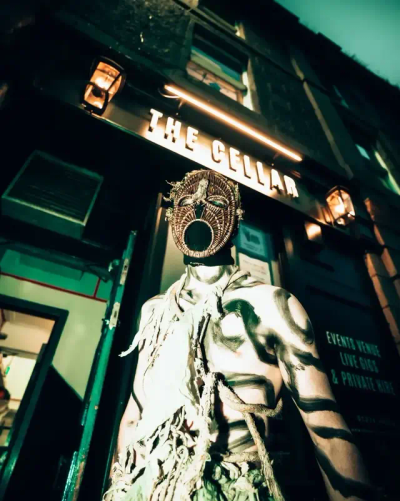
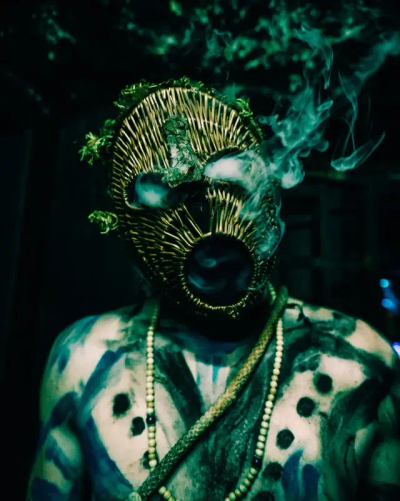

Please vote!! And if you see this after voting is closed, please listen anyway! I love them and want more people to listen to them!
#they're also very sweet IRL#and like Chill on the pagan thing#north atlas#scottish music#metal#pagan#Youtube#Spotify
41 notes
·
View notes
Text
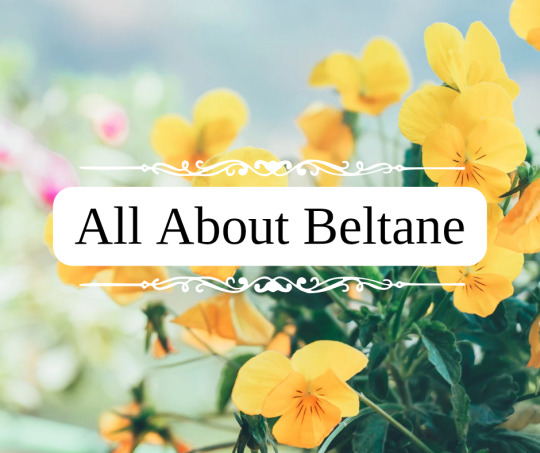
All About Beltane
Beltane, also known as Bealtaine in Irish, is a Gaelic holiday traditionally held on May 1st or the halfway point between the spring equinox and the summer solstice. It is believed to be named after the Celtic sun god Belenus. It was widely observed in Ireland, Scotland, and the Isle Of Man, and is one of the 4 major Celtic fire festivals. It is mentioned in even the earliest Irish literature and marked the beginning of summer and used as the marker to drive cattle into their summer pastures. Although public celebrations have mostly fallen out after the 20th century and many traditions have been mixed with other cultural holidays (such as the Roman holiday May Day), many Celtic Neopagans and Wiccans still celebrate, and many local traditions still continue, causing it to now get a cultural revival.
Traditionally, rituals were held to protect the livestock that moved pastures, along with crops, dairy products, and people, and to encourage growth. It was also important to appease the Aos Sí, or nature spirits/fairies, which were believed to be more active then.
According to early medieval texts in 908, druids would make two bonfires and drive cattle between them to protect them from disease. In the 18th and 19th centuries, bonfires continued to be an important part of the celebrations. Before the bonfires were lit, all hearth fires were put out, and then relit using the fire from the Beltane bonfires after the celebration.
Continuing into the 19th century, cattle were still driven over or between flames, or sometimes around the fires or made to leap over. The people themselves did as well for good luck and protection. Once the fires died down, people would dab themselves with the ashes and sprinkle them over their crops and livestock. Torches from the bonfires would also be brought home and carried around the home or boundaries, and also used to relight the hearth.
Food was also an important part of the Beltane festival, and usually included a feast of lamb, which, historically, was sacrificed. In 1769, it was written that a hot drink, called a caudle, made of eggs, butter, oatmeal, and milk was served, along with tossing a bit on the ground as an offering. A Beltane Bannock, a type of oatmeal cake, was also written to be important and had a few traditions around it.
In one tradition, the Beltane Bannock had nine knobs on it and each person would take the bannock and face the fire, proceeding to break off the knobs of bannock one at a time and tossing them behind their shoulder as an offering to the spirits for protection over their livestock and from predators (one for the cow, one for the sheep, one for the fox, etc). Afterwards, they would drink the caudle.
According to other 18th century writers, there was another Beltane Bannock tradition where the bannock would be cut into slices and one was marked with charcoal. The slices were then thrown into a bonnet and everyone would take one out while blindfolded. According to one writer, whoever pulled the marked bannock slice had to leap through the fire 3 times. According to another, the person would instead be pretend-thrown into the fire and for some time afterward people would talk about the person as if they were dead. This may have always been symbolic, or it may have been a tradition from a time where actual human sacrifice was used. This tradition was also near identical to May Day traditions that occurred in Wales and other parts of Europe, however.
Other traditions including flowers and plants were also observed, especially ones that evoked fire. Documents from the 19th century cite that yellow and white flowers, such as primrose, rowan, hawthorn, gorse, hazel, and marsh marigold was used and placed at doorways and windows. Sometimes they were strewn into garland, and other times they were made into bouquets, made into crosses, or fastened to them. They were also fastened to cows and milking/butter equipment.
Decorating a May Bush or May Bough was also a widespread tradition, and it usually consisted of a small tree or branch (typically hawthorn, rowan, holly, or sycamore) decorated with bright flowers, ribbons, candles, painted shells or egg shells from Easter, and more. In some traditions they also decorated it with gold and silver May Balls, which were hurling balls, that were then either given out to children or gifted to winners of a hurling match. It was also known as the only acceptable time to cut a thorn tree, as they were associated with fairies and may have also been a relic of worshipping tree spirits. It would either be decorated where it grew, or branches hung over windows, doors, roofs, and barns either inside or outside. Traditionally, it was the responsibility of the eldest of the house to decorate it.
The tree was usually left up until May 31st, but in some traditions it would be burned in the festival bonfire after singing and dancing around it. In Dublin and Belfast, May Bushes were brought into town and decorated by the whole neighborhood, with each neighborhood competing for the most beautiful bush. These competitions could also lead to neighborhoods attempting to steal others May Bushes, which eventually led to the May Bush being outlawed in Victorian times.
Appeasing the fairies was also a big part in Beltane celebrations, with many traditions revolving around offerings to the fairies and also warding them off, as there were many fears around them stealing dairy. One protection tradition was to leave 3 black coals under the butter churn. Another was to hang May Boughs on the milk pails. And yet another was to hang cattle tails in the barns. Flowers were also used to decorate the cattle's horns for good luck.
Farmers would also lead a procession around the boundaries of the farm and would "carry with them seeds of grain, implements of husbandry, the first well water, and the herb vervain (or rowan)", stopping at the four cardinal points of direction starting at the east, and performing rituals towards each direction at each stop. These processions were said to bring protection of their farm produce and encourage fertility. Some people also made the sign of the cross using milk on the backside of cattle for good luck.
As for fairy offerings, one tradition was to pour milk or leave food at places associated with the fairies such as "fairy trees". In Ireland, cattle were brought to "fairy forts" where a small amount of their blood was poured into the earth with prayers of the herd's safety. Sometimes, the blood would be left to dry and then be burnt.
Visiting holy wells was also a popular way to celebrate Beltane. Visitors would walk sunwise, moving from east to west, around the well while praying for health. They would then leave offerings of coins or cloth. The first water drawn from the well on Beltane was thought to be especially potent, and would bring good luck to the person who drew it.
Morning dew on Beltane was also thought to bring goodluck and health, and maidens would wash their face with it or roll in it at dawn or before sunrise on Beltane. It was also collected in a jar, left in sunlight, and then filtered. The dew was said to increase sexual attractiveness, maintain youthfulness, protect from sun damage, and ensure skin health during the ensuing year.
Modern day celebrations may vary from these more traditional festival activities, but many choose to incorporate or take inspiration from the traditions at least. Popular traditions still revolve around bonfires, feasts, decorating a May Bush, and focusing on protection and growth.
Beltane Associations
Colors - yellow, white, red, green
Food - lamb, milk and dairy, beef, bannocks, caudle, cakes
Animals - cattle, sheep, other herd animals
Items - primrose, rowan, hawthorn, gorse, hazel, marsh marigold, holly, sycamore, yellow and white flowers, flower garland, greenery, morning dew, dairy products
Crystals - citrine, fire agate, fire opal, carnelian, red and yellow jasper
Other - protection, fertility, good luck, fire, smoke, ash, sun, bonfires, farming
Ways To Celebrate
light a bonfire
jump over or dance around a bonfire
decorate a May Bush or May Bough
craft and hang flower garland
bake Beltane Bannocks
collect morning dew
create some caudle
ward and protect your home or property
leave offerings for the fairies
focus on protection, growth, and luck magic
enjoy time in the sun
have a feast
create a bouquet out of yellow and white flowers
visit a farm or petting zoo
#beltane#beltaine#bealtaine#celtic#gaelic#irish#scottish#pagan#witch#witchy#wicca#may day#magick#magic#magickal#grimoire#tradition#celebrate#bonfire#fire festival#witchcraft#spiritual#witchblr#witch community#paganism#pagan witch#celtic paganism#paganblr#about#dairy
101 notes
·
View notes
Text
If anyone knows any good resources for traditional SCOTTISH CELTIC paganism, I would love y'all forever. ❤️ So hard when so many of the traditions were oral...
there’s something so beautiful about being theistic pagan and worshipping and speaking to ancient gods and goddesses. Bringing life back into ancient beliefs, traditions, and practices.
#celtic wicca#celtic witchcraft#scottish witch#scottish pagan#scottish celtic paganism#wiccan#witchcraft#witch#witchblr#kitchen witch#kitchen magic#kitchen witchcraft#pagan#pagan witch#celtic paganism#celtic witch#celtic polytheism
726 notes
·
View notes
Text
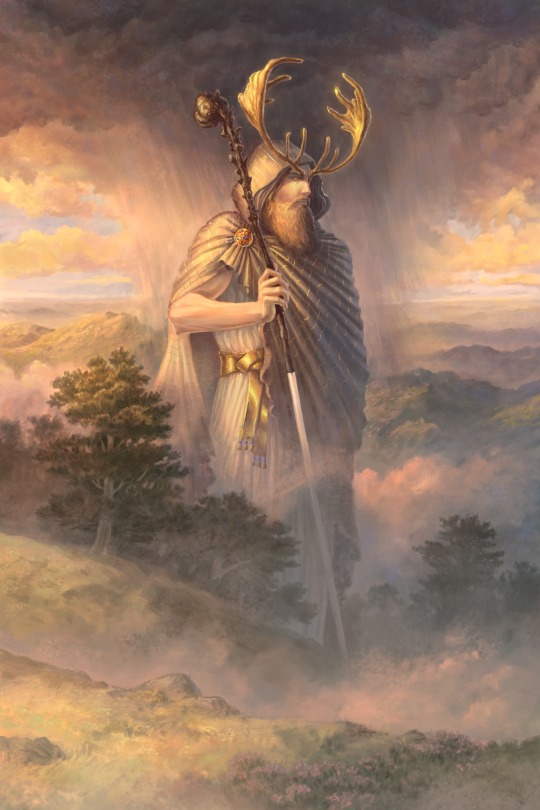
The Dagda
#the dagda#celtic#pagan#indo-european#heathen#paganism#mythology#aesthetic#ethereal#druid#ire#ireland#irish#scottish#scotland#painting#illustration
104 notes
·
View notes
Text
Valyrian Wedding Rituals & Its Parallels
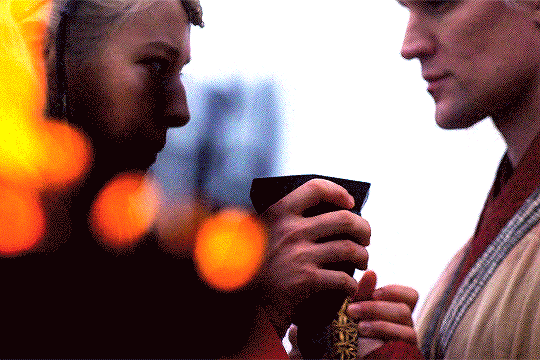





“Among the people who came to inhabit Northumbria and the Lothians, as well as among other Germanic peoples, the nuptials were completed in two distinct phases. (…) The parties plighted their troth and the contract was sealed, like any other contract, by a hand-shake. This joining of hands was called handfæstung in Anglo-Saxon, and the same word is found in different forms in the German, Swedish and Danish languages. In each it means a pledge by the giving of the hand.” Handfasting' in Scotland - The Scottish Historical Review; Anton, A. E. (1958)
“In ancient Rome, a wedding was a sacred ritual involving many religious practices. (…) In a Roman wedding both sexes had to wear specific clothing. Men had to wear the toga virilis while the bride to wear a wreath, a veil, and a yellow hairnet.” Women's Costume and Feminine Civic Morality in Augustan Rome; Sebesta, Judith Lynn (1997)
“ When the terms of the ketubah were accepted a cup of wine was shared to seal the marriage covenant. (…) The bride and groom shared the same cup, symbolizing the shared life that would be theirs. (…) Wine in Judaism has always symbolized joy. (…) Wine also symbolized blood. The marriage covenant is a blood covenant in the eyes of God. Two lives become one in a lifelong commitment.” The Ancient Jewish Wedding; Lash, Jamie (2012)
#daemon targaryen#daemon x rhaenyra#daemyra#hotd#fantasy#game of thrones#rhaenyra targaryen#house of the dragon#house targaryen#asoiaf#wedding vows#old valyria#ancient rome#roman empire#roman history#jewish history#judaism#jewish culture#celtic paganism#scottish
270 notes
·
View notes
Text
Gráinne: how big is that dick
Diarmuid: small. leave me alone
#diarmuid ua duibhne#grainne#gaelpol#gaelic paganism#gaelic polytheism#irish mythology#scottish mythology
36 notes
·
View notes
Text
Still looking for blogs that honor the Germanic (especially Thor and Mani) Egyptian (especially Set and Nephthys) Slavic(especially polish) and Celtic blogs that aren’t racist and actively post about the gods. And folklore
Also looking for female/femme artists (including trans) artists for my. Art blog profiling them @artbyfemme

#devotional#pagan#paganblr#Norse gods#Celtic gods#Odin#Thor#þor#mani#god#goddess#set#sutkh#nephthys#freyja#Freyr#vidar#tyr#Assyrian#vanatru#Loki#Slavic gods#Norse mythology#irish gods#scottish#irish mythology#polish mythology#slavic#looking for new blogs#witchblr
21 notes
·
View notes
Text
Here's to Beltane 2024 🔥
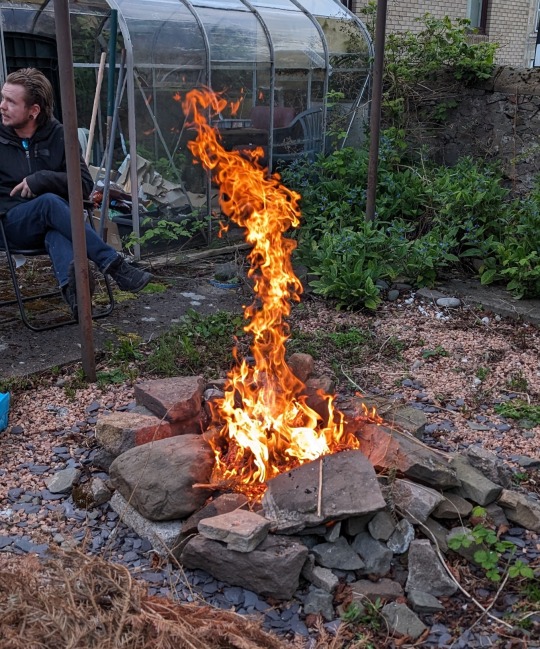
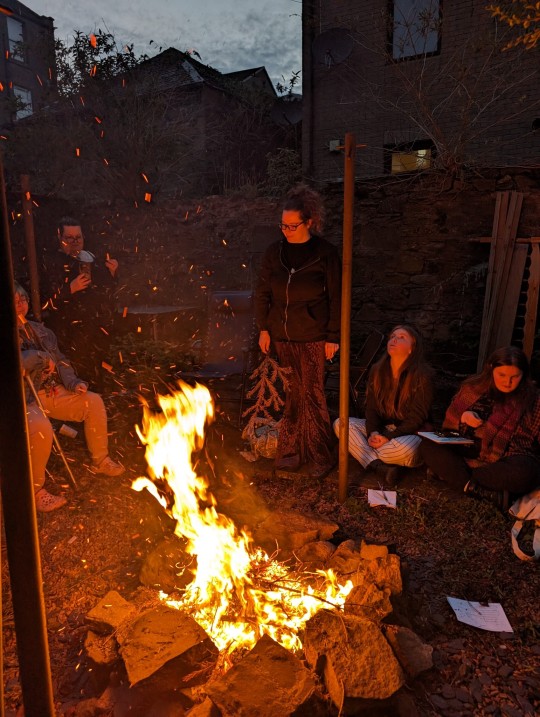
I have just arrived back in Scotland after a year of travel. So being able to celebrate Beltane with some friends was the perfect opportunity to reconnect with my surroundings and catch-up with the people close to me again.
Here's to an abundant summer!
#beltane#witchblr#witchcraft#celtic wicca#celtic#pagan#may day#scottish pagan#pagan witch#bonfire#2024#gaelic polytheism#scottish#baby witch#scottish witch#celtic witchcraft#folk witchcraft#paganblr
23 notes
·
View notes
Text
Ancient Celtic religion (Irish, Scottish, Welsh, etc.) has been and is continuing to be culturally appropriated to absolute filth, but idk if y'all are ready to have that conversation yet
#y'all can thank white supremacists for that#even the term ''celtic'' now has racist connotations#celtic#irish#scottish#welsh#manx#cultural appropriation#religion#pre-christian religion#ancient religion#witchcraft#folk magic#folk practice#pagan#magic#witchblr#witch#polytheism
21 notes
·
View notes
Text
Welcome!!
My name is Soph and this is my blog!
I’ve never actually posted on Tumblr, so bear with me:))
I’m going to use this as a digital tool to give offerings and devotions to Lady Brigid🕯️
🐌🔮🌿🐈⬛🌙
20y
she/her
celtic pagan witch🍀🧹🦢



#aboutmyself#aboutme#witchblr#beginner witch#witchcraft#witchcore#witch community#witch aesthetic#witches#paganism#pagan witch#pagan#paganblr#pagans of tumblr#celtic paganism#celtic mythology#celtic witch#celtic polytheism#brigid#brigid devotee#brigid deity#hedge witch#protection magic#scottish#irish witchcraft#celtic#brigid goddess#devotional#devotional blog#deity work
26 notes
·
View notes
Text
Angus Óg/Aengus
A guide
I've decided to write a little profile and deity guide on some of my Gods for anyone who might want more information or want to work with/worship them. So I've decided to start with Aengus :)
Disclaimer: Aengus is found in both Irish and Scottish paganism as both religions overlap greatly (Scottish Paganism originated from the Irish). I'm Scottish, so this will mostly be tailored towards Scottish Paganism and my understanding of Angus Óg as a Scottish pagan.
Not much is known about Celtic Gods as a whole in the modern day and things are very muddled, so there will be different understandings/interpretations of the Gods.
This is from my own experience working with him as well as research.

Angus Óg is the Irish & Scottish Celtic God associated with love, youth, beauty, poetry, and life.
In Scottish Folklore he is the son of Beira. Bride is often depicted as his lover.
Other names: Aengus, Aonghas, Óengus
Symbols/Associations: Harps, white birds, roses, rose quartz, rubies, a white horse
Planet Association: Venus
Season: Summer
Colours: Green, red, pink, gold
Offerings: Wine, roses (and other flowers), apples, feathers, honey, rose quartz
Devotional Acts:
Writing poetry or songs (especially about love)
Spending time with loved ones
Acts of kindness
Making drawings/paintings/artwork of him or related to him
Planting flowers/gardening
Having a self care day/night
Taking a meditative bath
Listening to music, especially love songs
Honouring Bride and Spring
My Experience: From my experience, Angus Óg is very open. He is quite playful yet patient. He seems happy when I create art for him and is always really kind and encouraging about it. He feels full of energy and wisdom and likes hearing about all my little crushes and speaking about relationships. He is intelligent and well-spoken and likes you to take care of yourself and your loved ones. His presence is gentle and soft, yet radiant.
I've found he is a really good deity for beginners and would recommend reaching out to him if you're interested in Celtic Paganism!
#celtic paganism#paganism#pagan#celtic#scottish#scottish paganism#pagan witch#eclectic pagan#folk witchcraft#folk witch#deities#angus óg#aengus#aonghas#óengus#deity worship#deity work#devotional acts#worship#bride#brigid#beira
21 notes
·
View notes
Text
What is “Celtic”?
by autumn sierra
The Celtic Nations reach from the British Isles in the Northern Atlantic, down further South to the countries of Europe’s Western coast.

Although many people associate “Celtic” with Scotland and Ireland, the word is a more encompassing term for these many individual cultures. They are known to have commonalities in their theology and folk practices considering they were of similar regions in history, but are unique in their own rights of course.
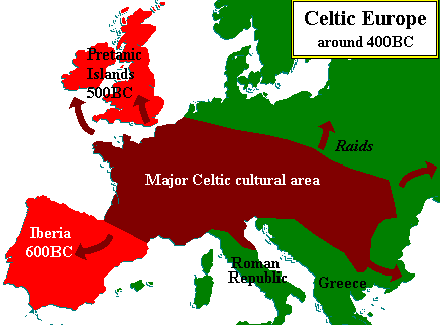
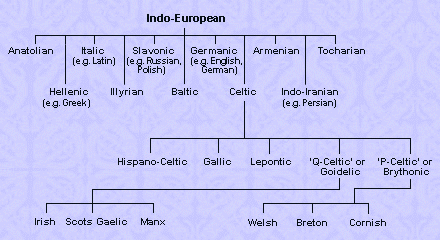
Over time, the Celtic people of Central Europe migrated to the outer Western and Northwestern regions. The graphic above gives some further insight to how the categorization of ethnicities evolved over the centuries into the Goidelic and Brythonic peoples that we are most familiar with in the 21st Century. (My practice focuses primarily on the Goidelic cultures, with a bit of influence from the Brythonic, but all of these are valid to include in a historically significant folk practice.)
So, if you’re considering studying Celtic folk magick or Celtic paganism in its broader form, take into consideration that you may be adopting a much heavier workload than originally anticipated.
#celtic#folk witchcraft#witch community#witchblr#witchcraft#witches#green witch#witch#witch aesthetic#witchcore#folk witch#irish witchcraft#witch blog#traditional witchcraft#pagan witch#witches of tumblr#celtic folklore#celtic paganism#celtic mythology#celtic polytheism#celtic gods#ireland#irish folk magic#irish#scotland#scottish#scottish folklore#folk practitioner#folk magic#folklore
118 notes
·
View notes